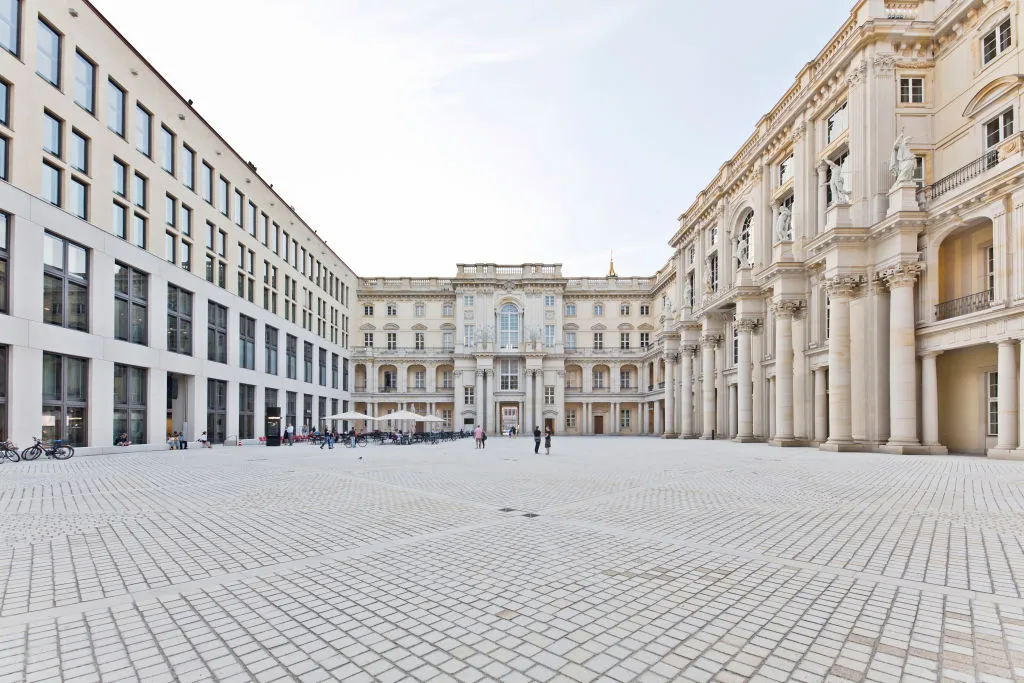Pratiksha Shome
According to a recent study released last week by Bénédicte Savoy and Albert Gouaffo, professors at the Technische Universität in Berlin and the University of Dschang in Cameroon, respectively, German museums house 40,000 artefacts from Cameroon, more than any other museum collection worldwide, including the state collections of Cameroon’s capital Yaoundé.
Researchers from Germany and Cameroon conducted the Atlas der Abwesenheit, or Atlas of Absence, study over the course of two years with the assistance of 45 German museum curators. In contrast to the 6,000 pieces that Cameroonian museums own, the staggering amount of Cameroonian heritage objects in German museums is primarily in storage. Private items, objects in natural history museums, and artefacts found in prehistoric history museums were not included in the study.
Germany established Cameroon as a colony between 1884 and 1920 in an effort to increase its trade routes, and it used force to maintain its control over the local population. In order to safeguard the nation’s abundant natural riches, the occupying forces carried out ruthless “punitive expeditions” that also destroyed and looted the country’s cultural legacy. During World War I, Germany lost sovereignty of the region, which was then divided between the British and French until the early 1960s.
Speaking at the study’s presentation in Berlin, representatives of the Cameroonian embassy emphasised their desire to repatriate the artefacts housed in German museums. According to Maryse Nsangou Njikam, cultural adviser to the Cameroonian embassy in Germany, “Germany is full,” the Art Newspaper reported. Cameroon is deserted. We have to get these things back. To build the future, we require them. The icing on the cake and the destination we are working for is restitution. Nsangou Njikam also revealed that a restitution commission has started speaking with German museum directors, albeit it would probably take some time.
Savoy stated that confronting one’s own cruel conduct necessitates more political and psychological work.
The study’s catalogue of artefacts includes royal thrones, musical instruments, textiles, ceremonial masks, and texts. For instance, the Linden Museum in Stuttgart today houses a beaded stool that was seized from Bagam as a war trophy, while the Ethnological Museum in Berlin is home to a wooden drum that was stolen during a punitive expedition.
Source: ARTnews





